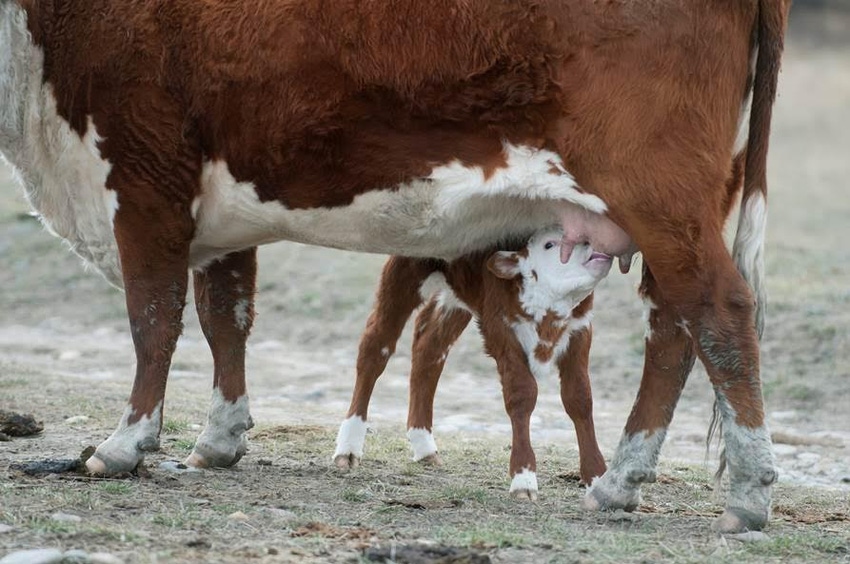
When calving time for heifers arrives this spring (or winter), if you feed them in the evening they are dramatically more likely to calve in the daytime.
Glenn Selk, Oklahoma State University emeritus extension animal scientist, has talked about this for years and says it works well.
It is called the Konefal method, because a Canadian rancher named Gus Konefal reported these observations in the 1970’s.
Selk says the physiological mechanism for the phenomenon is unknown, but some hormonal effect may be involved. He says rumen motility studies indicate the frequency of rumen contractions falls a few hours before parturition. Intra-ruminal pressure begins to fall in the last two weeks of gestation, with a more rapid decline during calving. It has been suggested that night feeding causes intra-ruminal pressures to rise at night and decline in the daytime and that may help time the births in daylight.
Selk cites several studies, including these two:
In Iowa, 1,331 cows on 15 farms were fed once daily at dusk, and 85% of the calves were born between 6 a.m. and 6 p.m.
Kansas State University scientists recorded data through five consecutive years in a herd of spring-calving crossbred cows at the Kansas State University Agricultural Research Center at Hays, Kansas. They recorded the time of calving to the nearest one-half hour, and births that could not be estimated within an hour of occurrence were excluded. Cows were fed forage sorghum hay daily between 4 and 6 p.m. For statistical purposes, the day was divided into four-hour periods.
6-10 a.m. -- 34.23% of the calves were born
10 a.m.-2 p.m. -- 21.23% of the calves were born
2- 6 p.m. -- 29.83% of the calves were born
6-10 p.m. -- 8.41% of the calves were born
10 p.m.-2 a.m. -- 4.4% of the calves were born
2-6 a.m. -- 1.91% of the calves were born
This study showed 85.28% of the calves were born between 6a.m. and 6 p.m., Selk says, which makes it very similar to Iowa data when cows were fed at dusk.
About the Author(s)
You May Also Like




